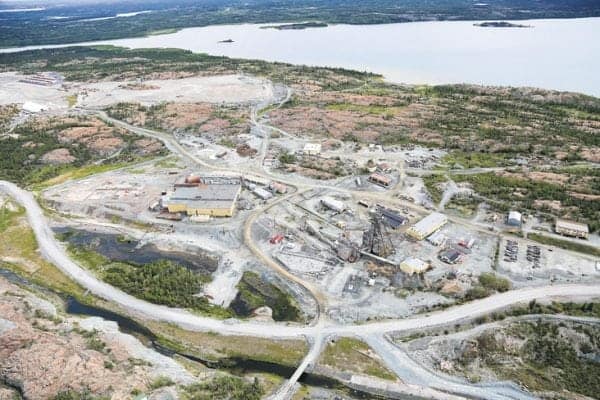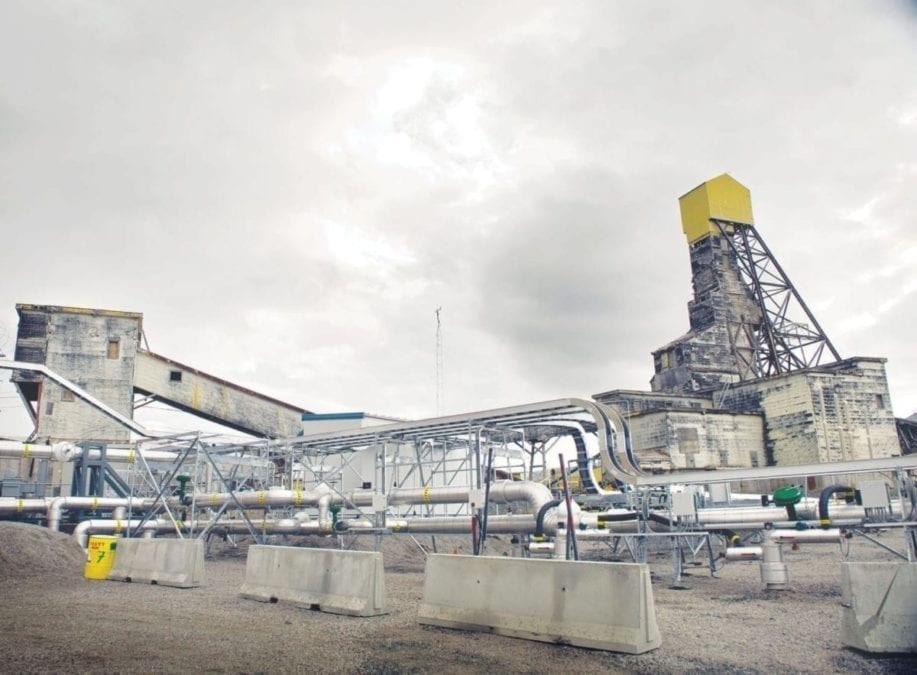A company subcontracted for geotechnical drill work as part of the Giant Mine Remediation Project has been awarded nearly $700,000 by an NWT court after its equipment was exposed to high levels of arsenic trioxide in 2014, resulting in costly delays for the drilling company.

McCaw North Drilling and Blasting Ltd. was awarded $677,097 by Justice Shannon Smallwood in NWT Supreme Court late last week.
McCaw took contractor Clark Builders, retained by Public Works Government Services Canada (PWGSC) as construction manager for the Giant Mine Project, to court over unpaid drilling work some four years ago.
In September 2013, McCaw was subcontracted by Clark Builders to drill at the Giant Mine site - part of a large-scale effort to decontaminate the area which remains entrenched in high levels of arsenic left by decades of mining activity.
Both parties anticipated potential contact with arsenic trioxide as part of the work but the extent of that contact was unknown, states Smallwood in her written decision.
In March 2014, an employee with a different company working in another area of the site, was exposed to “dangerously high levels of arsenic and had to be hospitalized,” according to Smallwood’s decision.
The incident prompted concern from the Workers’ Safety and Compensation Commission of the Northwest Territories and Nunavut (WSCC).
The WSCC expressed worry about exposure to arsenic trioxide dust and worker safety at the site, wrote Smallwood.
At a meeting with McCaw and Clark shortly afterwards, “WSCC suggested that the drilling program may have already resulted in McCaw drilling into arsenic areas and that personnel and equipment may have been exposed to dangerous levels of contamination as a result.”
According to Smallwood’s decision, McCaw raised concerns to Clark about the need for an equipment decontamination procedure.
In August 2014, McCaw drill rigs at the Giant Mine site were tested and confirmed to be contaminated with high levels of arsenic trioxide dust.
The WSCC ordered Clark to devise a “standard operating procedure that would take into consideration potential and actual exposure as well,” states the decision.
While that procedure was being crafted, McCaw’s equipment sat at the site unused.
In her decision, Smallwood ultimately ruled McCaw shouldn’t be on the hook financially for the delay in the development of an equipment decontamination procedure.
The $677,097 award to McCaw was broken down into $612,940 for stand-by costs, and $64,157 for unpaid drilling work.
